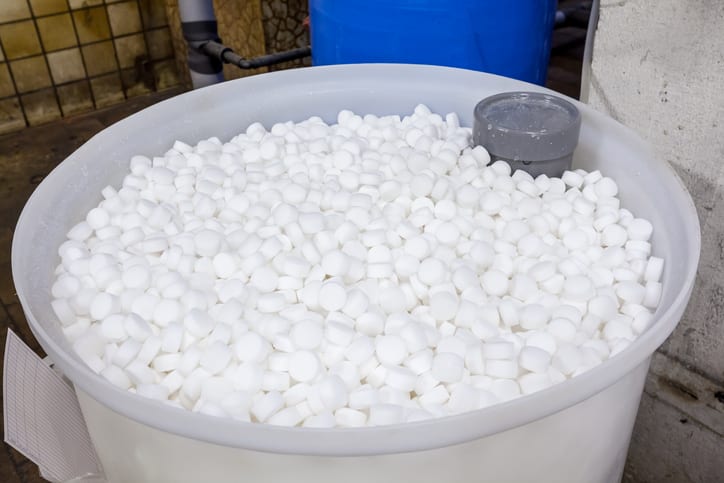We often take the importance of plumbing and the benefits of a safe water supply and proper sanitation for granted. Additionally, it is prudent to invest in a water softener, as living in a home with hard water can end up costing you. Groundwater flowing through the pipes in your home leaves buildup that damages your pipes and appliances. A water softener works by treating hard water and removing the minerals responsible for scale and buildup.
The Benefits of a Water Softener
One notable advantage of owning a water softener is that it reduces the cost of cleaning materials as more soap is needed while using hard water. Owning a water softener can also result in cleaner dishes, less time cleaning, softer and cleaner clothes, and healthier-looking skin.
Water Softener Installation
Water softener installation is fairly simple; here are steps to guide you to a proper water softener installation:
- Turn your water off
- Drain water lines
- Make proper connections (Optional: Install remote bypass)
- Fill brine tank half-full with salt
- Ensure bypass is shut, slowly turn on the water
- Check for any leaks
- Complete the start-up procedure
Maintaining Your Water Softener
Regarding the maintenance of water softeners, most of them are automatic and, therefore, can operate for years with minimal maintenance. The most crucial routine water softener maintenance necessary is adding the correct kind of water softener salt to the system.
Water softeners have a typical lifespan of 10-15 years. Replacing yours if you have had it for over a decade would be the right decision.
Whether you want a water softener professionally installed or simple leak detection and repair, plumbing services provide a wide range of services beneficial for you and your home.

